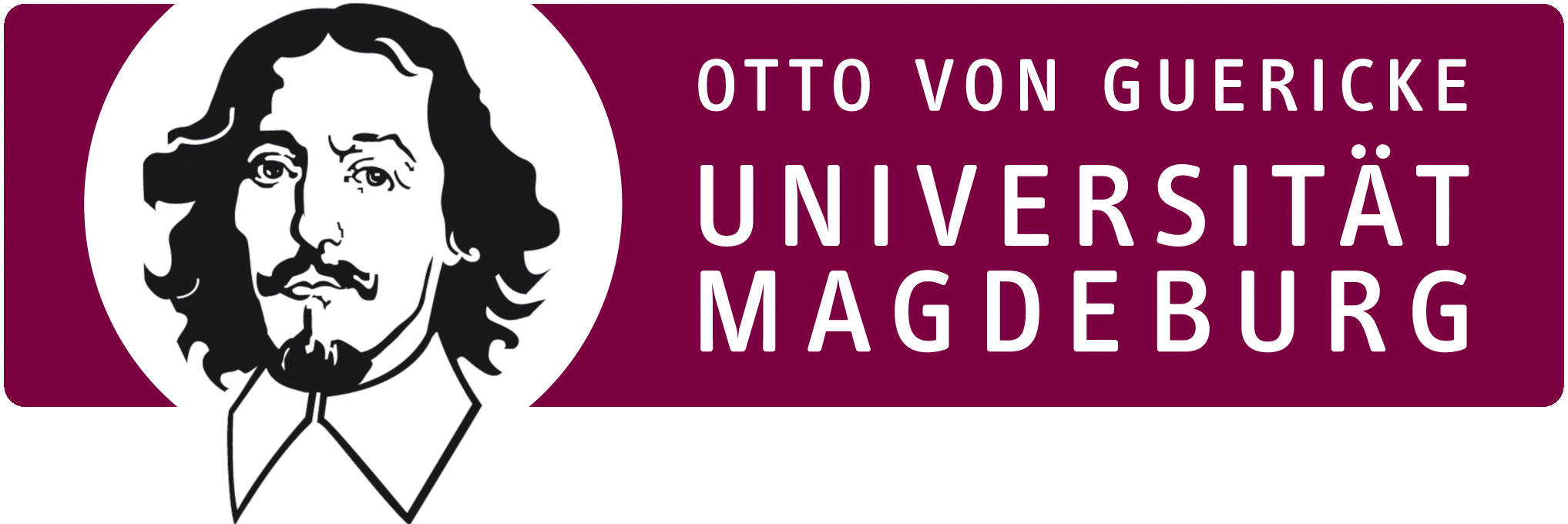Open Science OVGU
Repository for Research Data and Publications of OVGU
You can find out how to publish data on the pages of the University Library.
Communities in DSpace
Select a community to browse its collections.
Recent Submissions
The TapCorder Data Set
(Otto-von-Guericke Universität Magdeburg, 2024) Seiffert, Udo; Jadhav, Ashish Shivajirao
This study presents a novel approach for classifying oily or cream-like substances using diffraction data captured on a smartphone camera, applied specifically to assessing engine oil quality. Utilising the COMPOLYTICS(R) TapCorder approach, optical diffraction patterns were analysed with a tailored feature extraction method. The performance of three machine learning paradigms - Multilayer Perceptrons (MLP), Learning Vector Quantization (LVQ), and Radial Basis Function Networks (RBFN) - was analysed in classifying new and used oil samples. MLP achieved the highest accuracy, while LVQ required the least computation time, highlighting trade-offs relevant for consumer-focused applications. This work clearly demonstrates the feasibility of accessible, low-cost chemical substance analysis via smartphone-based systems.
Expertise externer Sachverständiger für die Regierungskommission "Pandemievorsorge“ des Landes Sachsen-Anhalt: 'Mit Maß und Mitte'? Vergleichende Analyse der Regelungen in ausgewählten Politikbereichen während der COVID-19 Pandemie 2020-2022
(Otto-von-Guericke Universität Magdeburg, 2024) Reus, Iris
Die vorliegende Expertise für die Regierungskommission "Pandemievorsorge" befasst sich mit der Frage, wie die politischen Maßnahmen Sachsen-Anhalts während der COVID-19 Pandemie im Vergleich mit denen der anderen Bundesländer einzustufen sind. Ausgangspunkt war dabei ein Zitat von Ministerpräsident Haseloff, nach dem die Landesregierung versucht habe, im Rahmen der Möglichkeiten mit Maß und Mitte‘ zu agieren. Betrachtet wurden die Regelungen aller 16 Bundesländer in sieben Politikbereichen im Untersuchungszeitraum 2020-2022. Zusammenfassend bestätigt die Analyse mit Blick auf diese Regelungsbereiche das Zitat des Ministerpräsidenten. Die untersuchten Regelungen befinden sich mit wenigen Ausnahmen im Mittelfeld, d.h. mittig zwischen Ländern mit sehr restriktiven und sehr moderaten Regelungen. Sie sind zudem gemäßigt in dem Sinne, dass Einschränkungen verglichen mit anderen Ländern zumeist weniger gravierend waren oder auch im Zeitverlauf weniger lang galten.
Measurement data of the compressive strength in the trabecular region of humeral heads taken from shoulder surgeries
(Otto-von-Guericke Universität Magdeburg, 2024) Strackeljan, Cornelius; Borgolte, Melissa; Döring, Joachim; Berth, Alexander; Woschke, Elmar
The data contains the measured compressive forces in the bone specimens as a function of time and as a function of the displacement of the indenter.
For the mechanical tests, two adapters were 30 printed to fit the
specimens. The corresponding CAD data are provided as .par-files
(SolidEdge) and as stl-files.
The data also contains photographs of the specimens.
Fluid fibers in ferroelectric liquids
(Otto-von-Guericke Universität Magdeburg, 2024) Eremin, Alexey
Supplementary data for the publication "Fluid fibers in true 3D ferroelectric liquids” in PNAS
Information Hiding in Cyber-Physical Systems - Covert Channel Dataset
(Otto-von-Guericke-Universität Magdeburg, 2023) Lamshöft, Kevin
This repository contains datasets, relevant documentation and code snippets for Covert Channels and other methods of Information Hiding in Cyber-Physical Systems with a focus of Industrial Control Systems.
This repository is the basis for the PhD thesis titled "Information Hiding in Cyber-Physical Systems." The datasets provided here are meant to facilitate transparency, reproducibility, and further exploration of the research findings.
